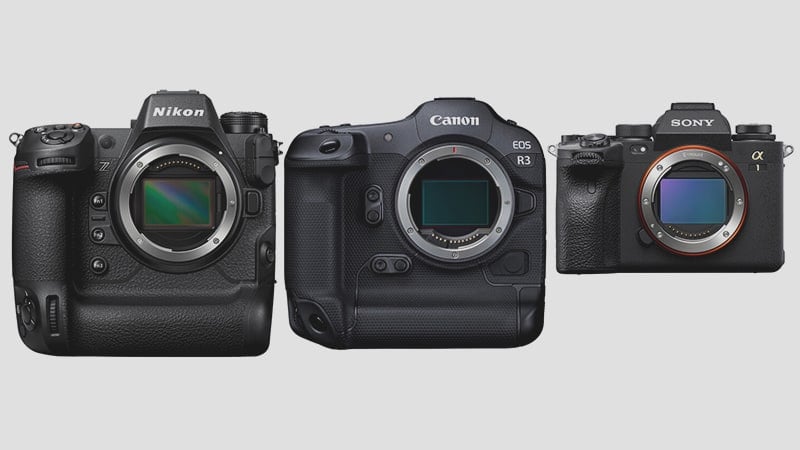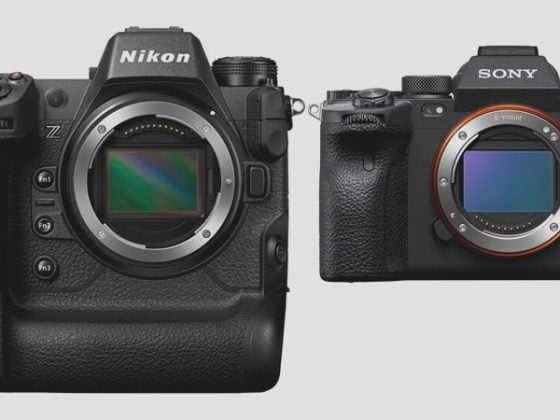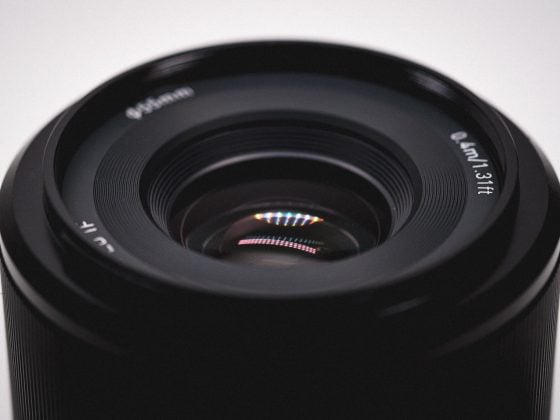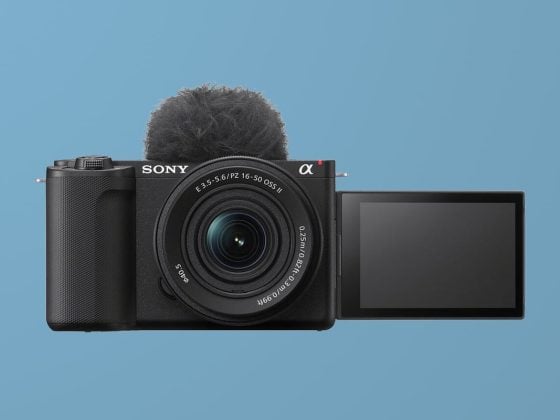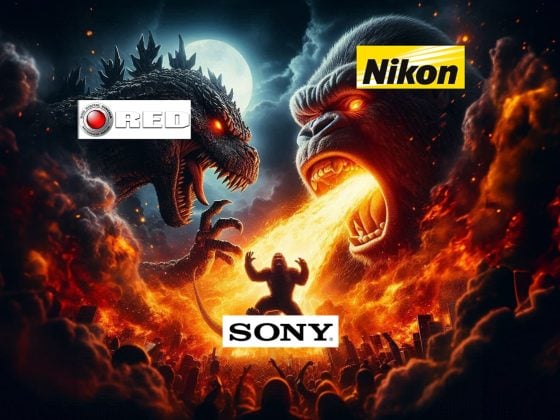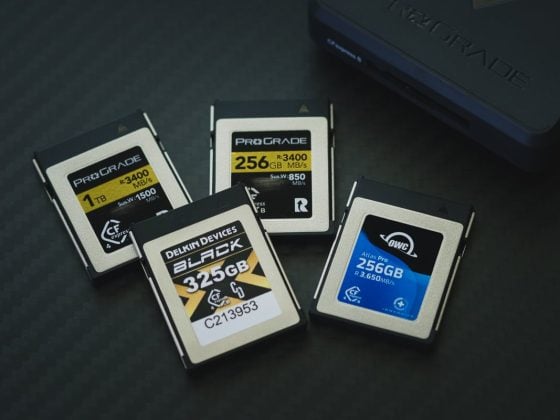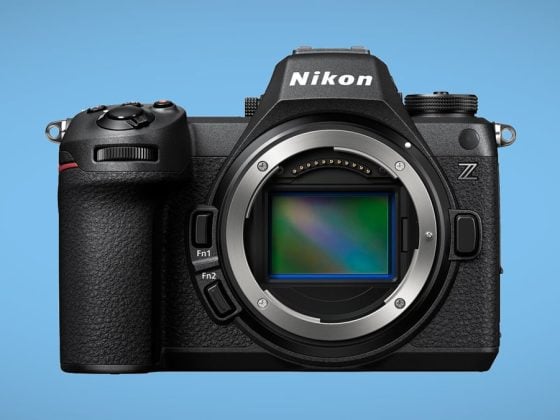The Nikon Z9 is a little heavier than I expected and quite a bit heavier than the competition when fully loaded with batteries and memory.
Or is it?
Before we get into why the Z9 might be heavier than the competition, I wanted to first chart out the full system weight with some popular lenses to get a clearer picture of the total weight with lenses I might use.
I’m one of the few people who doesn’t want a super heavy camera, but I like the vertical grip, so a camera that was significantly heavier than the competition could be a deal-breaker for me, even though the Z9 crushes the competition with specs and features.
The Sony A1 on the other hand still has pretty much everything I would need except you have to pay around 1,500 USD more when fully loaded. The Canon R3 is a different class of camera so we’ll likely have to wait for the R1 to get a realistic comparison. In the meantime, we’ll also look at the Canon R5 with the added grip + batteries, which comes pretty close to the Z9 and A1 with specs.
Weight Fully Loaded With Grip Batteries and Memory
Canon and Nikon list the full weight with batteries and Cards. For Sony, I had to calculate it. The Nikon Z9 is about 134 g heavier than the A1. Not significant, but it’s not nothing either.
I’ve also listed the Canon R5 with the WFT-R10A Grip since this gives it the LAN port and the wireless transmitter, putting it more in line with the Sony A1 and Z9 capabilities. This grip is a touch heavier than the other one. If there was a Canon R1, I imagine it would be similar to the R5 + Grip in weight.
| Component | Weight |
| Nikon Z9 | |
| Nikon EN-EL18d Battery | 187.11 g |
| Z9 Battery + Cards Weight | 1340 g |
| Sony A1 | |
| Sony A1 Body Only Weight | 737 g |
| Sony VG-C4EM Vertical Grip Weight | 290 g |
| Sony NP-FZ100 Battery Weight x 2 | 170 g |
| CFexpress Type A Weight x 2 | 9 g |
| Sony A1 Total Weight | 1206 g |
| Canon R3 | |
| Canon R3 Battery + Cards Weight | 1015 g |
| Canon R5 | |
| Canon R5 Weight Cards + 1 Battery | 738 g |
| Canon LP-E6NH Battery Weight x 1 | 96.3g |
| Canon LP-E6NH Battery Weight x 2 | 192.6 g |
| WFT-R10A Grip Weight | 395 g |
| Canon R5 + WFT-R10A Grip + 2 Batteries + Cards | 1229 g |
For reference, I included the weight of the 2 batteries for the Canon and Sony systems. You can compare that to the single Nikon battery that powers the Z9. This weight difference will factor into the overall bag weight if you carry extra batteries.
A Single Nikon EN-EL18d Battery Weighs – 187.11 g
Two Sony NP-FZ100 Batteries Weigh – 170g
Two Canon LP-E6NH Batteries Weigh – 192.6 g
| Camera | Total Weight |
| Nikon Z9 | 1340 g |
| Sony A1 + Grip | 1206 g |
| Canon R3 | 1015 g |
| Canon R5 + WFT-R10A Grip | 1229 g |
From here on I list the Camera with the added grip and batteries.
Cameras + 24-70mm f2.8 Lenses | Total Weight
| Camera | Lens | Lens Weight | Total |
| Nikon Z9 | Z 24-70mm f2.8 | 805 g | 2145 g* |
| Sony A1 + Grip | FE 24-70mm f2.8 | 886 g | 2092 g |
| Canon R3 | RF 24-70mm f2.8 | 900 g | 1915 g |
| Canon R5 + Grip | RF 24-70mm f2.8 | 900 g | 2129 g |
The Sony advantage is even less here, with the Z9 only weighing 53 grams more than the Sony A1. For reference, a Sony FZ100 battery weighs 85 grams. So the difference here is a little more than half the weight of a Sony battery.
The Canon R5 and Nikon Z9 in this configuration are only 16 grams different in weight. Which is similar to the weight of 2 CFexpress Type-B cards as a reference. A single Sandisk CFexpress card weighs 7.37 g. You likely would have trouble feeling the difference here.
Canon has the heaviest lens here, with Nikon having the lightest.
Cameras + 70-200mm f2.8 Lenses | Total Weight
| Camera | Lens | Lens Weight | Total |
| Nikon Z9 | Z 70-200mm f2.8 | 1360 g | 2700 g* |
| Sony A1+ Grip | FE 70-200mm f2.8 II | 1045 g | 2251 g |
| Canon R3 | RF 70-200mm f2.8 | 1070 g | 2085 g |
| Canon R5+ Grip | RF 70-200mm f2.8 | 1070 g | 2299 g |
Another very popular lens, the 70-200mm f2.8. The new Sony 70-200mm f2.8 II is quite a bit lighter than the older one, which was 1480 g.
Cameras + 50mm f1.2 Lenses | Total Weight
| Camera | Lens | Lens Weight | Total |
| Nikon Z9 | Z 50mm f1.2 | 1090 g | 2430 g* |
| Sony A1 + Grip | FE 50mm f1.2 | 778 g | 1984 g |
| Canon R3 | RF 50mm f1.2 | 950 g | 1965 g |
| Canon R5 + Grip | RF 50mm f1.2 | 950 g | 2179 g |
The Nikon Z9 with its massive 50mm f1.2 weighs considerably more at 1090 g, bringing the total system to 2430 g. Sony with its magical XA elements comes at quite a bit lighter than the competition. I’ve always wondered if there is any compromise to using glass+resins for elements vs just high-tech glass and why do Nikon and Canon not use plastics very often in their lenses?
Cameras + Ultrawide f2.8 Lenses | Total Weight
| Camera | Lens | Lens Weight | Total |
| Nikon Z9 | Z 14-24mm f2.8 | 650 g | 1990 g |
| Sony A1 + Grip | FE 12-24mm f2.8 | 847 g | 2053 g |
| Canon R3 | RF 15-35mm f2.8 | 840 g | 1855 g |
| Canon R5 + Grip | RF 15-35mm f2.8 | 840 g | 2069 g* |
The Nikon system has always been a popular choice among landscape photographers and we can see here, they have the lightest ultra-wide lens at just 650 g bringing the total system weight to 1990. Sony A1 and Canon R5 are the heaviest here at 2053 and 2069 and the R3 at 1855 grams.
I imagine most landscape photographers would more likely pair an R5, A7rIV, or Z7II without the grip, instead of using a flagship camera.
Why Is The Z9 So Heavy?
The Nikon Z9 is currently the heaviest system with most lenses listed here. But it’s actually not that much heavier than a Sony A1 or R5 when loaded up with grip and batteries with some important lenses like the 24-70mm f2.8. Nikon also has a few other really compact and light lenses like the 14-30mm and the 24-70mm f4.
The Canon R3 overall is quite a bit lighter.
It’s possible having a 24mp sensor is allowing the system to be lighter, possibly less internal heat dissipation hardware is needed, or possibly Canon can use lighter alloys with different thermal properties since it doesn’t have to process 8k data, who knows.
When comparing Nikon to Sony, the Z9 does a few things not seen in the Sony A1 that could be contributing to the heavier build.
5-Axis Tilt Screen vs Flippy Screen
Both Canon and Sony use plastic flippy screens. The Nikon Z9 uses a pretty heavy-duty metal 5-axis mount for its screen likely contributing to the weight. Plus the Sony screen is only 3″.
Top Display
Unlike the Sony A1, the Canon and Nikon Systems us a top LCD display.
This likely contributes to some extra weight as it would require additional wiring and circuitry.
GPS
The Nikon Z9 uses GPS and will need an antenna and circuitry which would contribute to the extra weight. The Sony A1 does not. The Canon R3 also uses GPS but the Canon R5 does not.
Mechanical Sensor Protector
The Nikon Z9 removed its mechanical shutter. Mechanical shutters blades are very lightweight and have to move very quickly, they are also very fragile. This new sensor cover in the Z9 is likely tougher and heavier since it’s designed to protect the shutter, just my guess. DPReview did say it looks tougher.
Conclusions
Compared to the Sony A1 and Canon R5, the Z9 really isn’t that much heavier, and compared to the A1, you do get more for this weight. You get a heavy-duty 5-axis screen, a top display, and GPS.
When paired up with the ultra-wide 14-24mm, the Nikon does have the lightest lens here but is still not lighter than the total R3 system, and with some lenses like the 50mm f1.2 and 70-200mm f2.8, the Nikon Z9 system would be noticeably heavier.
Personally, I was a little concerned by how much heavier the Z9 was compared to the other cameras, but after breaking it all down and comparing weight with some lenses and comparing some of the features you get over the Sony A1, I’m no longer concerned and no longer feel like it’s a deal-breaker.
As always, let me know if I made any mistakes or if you know anything that I missed.
| **This website contains affiliate links. We will earn a small commission on purchases made through these links. Some of the links used in these articles will direct you to Amazon. As an Amazon Associate, I earn from qualifying purchases. |

